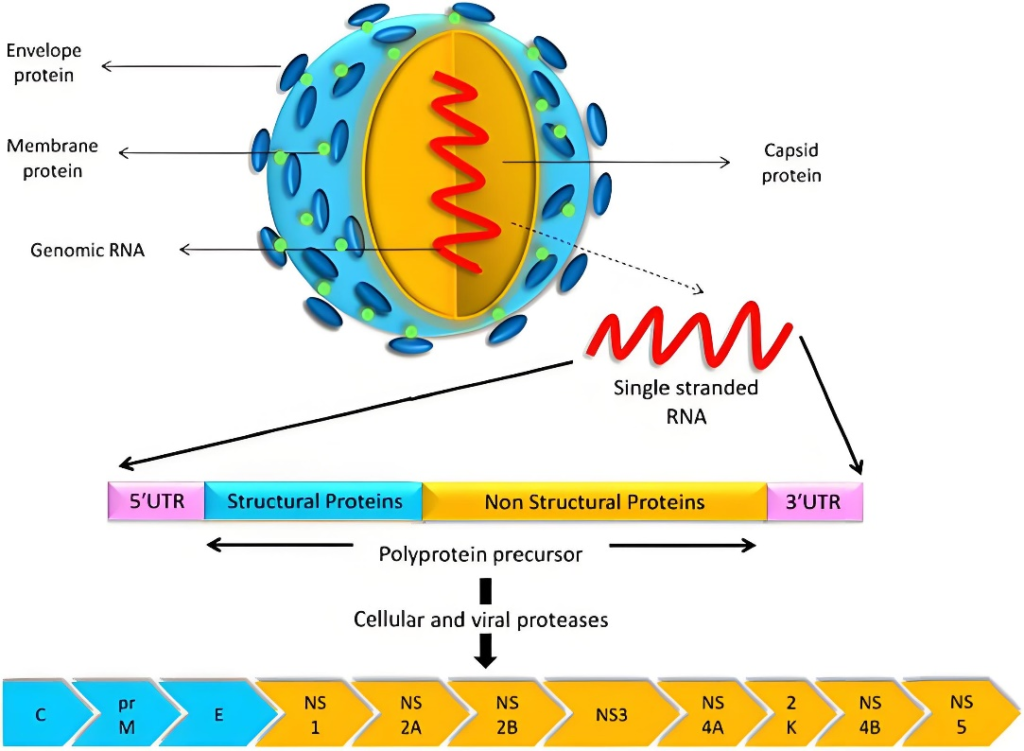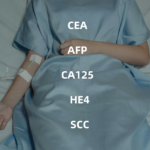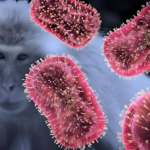The summer solstice has passed, the weather is getting hotter and hotter, and the mosquitoes will slowly spread. The epidemic season of dengue is from May to November every year, and the epidemic peak is from July to September. We should not only face the heat, but also be alert to the health risks caused by mosquito bites. It is particularly urgent to understand the symptoms, preventive measures and coping strategies of dengue.
What is dengue?
Dengue is an insect-borne infectious disease caused by Dengue virus (DENV), which is transmitted through the bite of mosquitoes (mainly Aedes aegypti and Aedes albopictus). It is one of the most common and serious viral diseases in more than 40 countries and regions worldwide. According to statistics, there are 500,000-1,000,000 deaths in the world every year, while the incidence and transmission of dengue are still increasing.
DENV is a member of the genus Flavivirus in the family Flaviviridae, and is an enveloped, single-stranded, positive-sense RNA virus with a genome of about 11 kb in length, containing an open reading frame encoding three structural proteins and seven non-structural proteins. The three structural proteins are capsid protein (C), membrane protein (M) and envelope protein (E). The seven non-structural proteins were NS1-NS2a-NS2b-NS3-NS4a-NS4b-NS5. DENV can be divided into four serotypes, DENV-1 ~ 4, according to different E protein gene sequences. There are 60-70% homologous sequences between the serotypes of various DENVs.

Dengue virus NS1 is a viral protein that exists in the cytoplasm of host cells during viral infection, and is a conserved glycoprotein in DENV. NS1 protein plays a variety of functions in the viral life cycle, including viral replication and assembly, and can be released into the blood circulation in the early stage of infection, so high concentrations of NS1 can be detected in the serum in the early stage of infection. In addition, NS1 protein exists in a wide range of dengue virus types 1-4, so NS1 protein is the main marker antigen of dengue virus infection. The detection of dengue NS1 antibody is mainly used for auxiliary diagnosis and epidemiological research. When the human body is infected with dengue virus, the immune system will produce antibodies against NS1 protein. These antibodies can be divided into two types, IgM and IgG, in which IgM antibodies usually appear early after infection and are indicators of acute infection, while IgG antibodies appear late in infection and may last for a long time, indicating previous infection or chronic infection. The detection of IgM NS1 antibody is helpful for the diagnosis of recent infection, especially in the window period after the onset of symptoms. Combined with clinical manifestations and other laboratory test results, it can improve the diagnostic accuracy of acute dengue fever. IgG NS1 antibodies can be used for retrospective analysis of infection, but their diagnostic value in the acute phase is relatively limited, because in many places, there are a large number of previously infected individuals in the population,who may have IgG NS1 antibodies.

What are the symptoms of dengue virus?
The typical symptoms of dengue can be summarized as follows:
Acute fever +Three red phenomena +Three pain symptoms + Rash phenomena

1.Acute fever: In the early stage of infection, the patient will suddenly have a high fever, the body temperature will rise sharply to 39 to 40 degrees Celsius, and may be accompanied by chills.
- Three red phenomena: The skin of the face, neck and chest is abnormally ruddy, the eyes (conjunctiva) may be congested, and slight bleeding may occur in the absence of trauma, such as gums, lymph nodes, etc.
- Three pain symptoms: feel strong physical discomfort, including headache, eye pain and muscle and bone pain throughout the body, often accompanied by extreme fatigue, nausea, vomiting or abdominal pain, diarrhea and other digestive system symptoms.
- Rash phenomenon: With the progress of the disease, about 3 to 6 days after the onset of the disease, the rash begins to appear on the skin of the patient. These rashes can spread over the limbs, trunk and even face, often accompanied by itching, sometimes with hemorrhagic spots.

In short, dengue patients experience a progression from sudden high fever to general malaise to characteristic changes in the skin, with a tendency to bleed and significant physical pain.
Diagnosis of dengue virus
At present, the common detection methods of dengue in clinic include virus isolation and culture, serological detection and PCR detection. According to the Guidelines for Clinical Diagnosis and Treatment of Dengue in China in 2018, when suspected cases are examined for etiology and serology, DENV nucleic acid or NS1 antigen, or IgM/IgG antibody should be detected in the early stage of the disease, and virus typing and virus isolation can be carried out if conditions permit. Rapid diagnosis is the key link in the prevention and control of dengue. Accurate and rapid identification of infected persons and timely treatment and isolation measures can greatly reduce the risk of dengue virus transmission.




Conclusion: It can be seen that the performance of Biomapper Dengue NS1 antigen detection plate is better.


Conclusion: The performance of Bio-mapper Dengue IgG/IgM antibody detection plate is better.
Here are some effective ways to prevent dengue:
1. Remove stagnant water: Regularly check and clean up stagnant water in your home and surroundings, as it is an ideal place for mosquitoes to breed. Include planter trays, waste tires, rain barrels, ditches, roof gutters, etc.
2. Use anti-mosquito measures: use mosquito nets indoors, install screen windows and doors indoors, use mosquito repellent, wear long-sleeved clothes and trousers, etc.
3. Environmental management: maintain environmental sanitation, regularly clean up garbage, prevent the formation of water, and reduce the breeding ground of mosquitoes.
4. Personal health awareness: raise awareness of dengue symptoms, such as fever, headache, muscle and joint pain, rash, etc. Once suspected symptoms occur, they should seek medical treatment in time and inform the recent travel history.
5. Travel prevention: Before going to dengue fever endemic areas, understand the epidemic information of the destination, take corresponding protective measures, and continue to observe their health status after returning.





